The Fall Leaf Dilemma: To Rake or Not to Rake? 🍂🍁
A scenic trip to Cedar Mills: Leaves, Trees, and Waterfalls 🌳🍃💦
As autumn paints the trees with spectacular colors, our yards and gardens become a canvas of fallen leaves. This is especially true in Oregon, where the rain nourishes the towering trees, lush forests, and gardens, and provides an abundance of leaves.
Each fall, I ponder the question…to rake or not to rake? 🤔
The Leafy Debate 🍃
The nuanced answer according to the experts is…it depends.
According to the University of Minnesota Turfgrass team, the answer to this annual existential question is… no, unless. If your lawn is covered with leaves up to 10 to 20% of its area, you can let them settle and allow nature to do the work. When left to decompose, leaves enrich the soil with nutrients and organic matter.1
The Environmental Benefits of Fallen Leaves 🌍
Your fallen tree leaves can have surprising environmental benefits, from providing a habitat for wildlife to helping create fertile new soil.
Leaf litter, often considered an eyesore, is actually a microcosm of biodiversity. It serves as a cover for the most species-rich habitat: soil, which hosts more than half of all life on Earth. Beneath piles of leaves, twigs, and bark, a variety of creatures flourish, from small reptiles such as salamanders and frogs to invertebrates like snails, earthworms, and spiders.
When invertebrates consume leaf matter, they break it up into smaller pieces. Bacteria and fungi then decompose these pieces and convert them into valuable nutrients such as nitrogen, calcium, and sulfur that help feed trees and other plants.
However, in Oregon, our beautiful giant deciduous trees are leaf-making machines. This is how our trees survive harsh winters and shed leaves to conserve moisture and resources. Every day for weeks and weeks leaves float down from the birch, elm, maples, oak, and other trees, scattering around the yard, neighborhood, and community. When the wind blows, it is a sight to behold. But if left unchecked, these leaves could pile up so high as to reach our second-story bedroom window. Excessive leaf piles going into winter can smother the grass, promote mold diseases, and attract critters including moles and mice. Yikes! 🐭
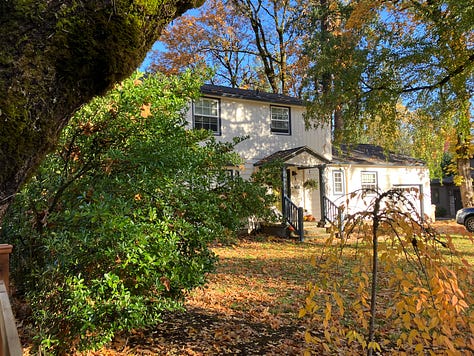

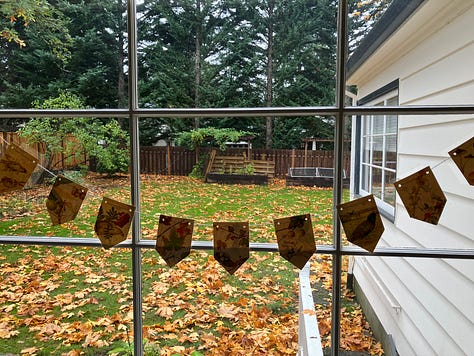
Sustainable Leaf Management Strategies 🌿
So, even though raking the leaves is hard work, it is mandatory, especially during those fleeting moments of sunshine before they get soaking wet from all the rain. Here are some strategies to sustain the work.
Mow: Gather the leaf and grass mix and add it to the compost.
Rake or blow: Gather into big piles, collect, and dispose of them.
Mulch: Chop and grind the leaves into small pieces to spread and return nutrients and organic matter to the lawn and soil.
Fortunately, in Oregon, there are community resources available to help manage the leaf drop-off process. Participating in the leaf disposal program not only reduces localized flooding by preventing leaf-clogged storm drains, but also preserves local creeks, wetlands, and the Tualatin River by keeping nutrients from decaying yard debris out, and ensures safer and clearer streets for bikes and pedestrians.
Every weekend, there are food drives and leaf drop-off points at various community locations including Beaverton!2 🍂🍁


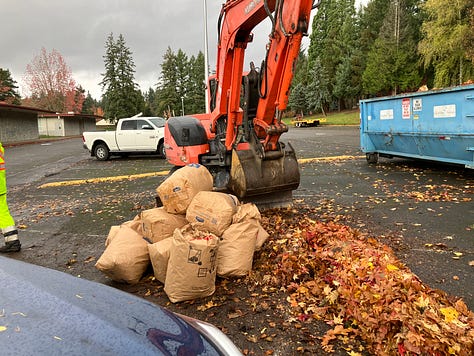
Trip to Cedar Mills: Leaves, Trees, and Waterfalls 🍁🌳💦
I always love the opportunity to embark on a local outing and immerse in nature, especially when there is a possibility of spotting beavers! 🦫
Stuffing dozens of bags filled with leaves into the back of my trusty Subaru, I feel a sense of community as I participate in an effort to recycle and give back to Mother Nature. Plus, there is the added bonus of exploring a local trail rich with history, waterfalls, and vibrant fall foliage, followed by a scrumptious early dinner to refuel and rejuvenate. 🍽️
First stop: Cedar Park Middle School, to drop off the leaves. 🍂
Next, let’s explore the Cedar Mill - North Johnson Creek Loop. This hike is a treasure trove of history, waterfalls, colorful fall foliage, and if we’re lucky, beavers! Cedar Mill, a rapidly developing suburb north of Beaverton, was one of the early settlements in the area. This hike takes you past a historic home associated with the 19th-century mill and a surprise waterfall on Cedar Creek. 🏞️
To finish the day, indulge in some nourishing and delectable food at WildFin! 🍲

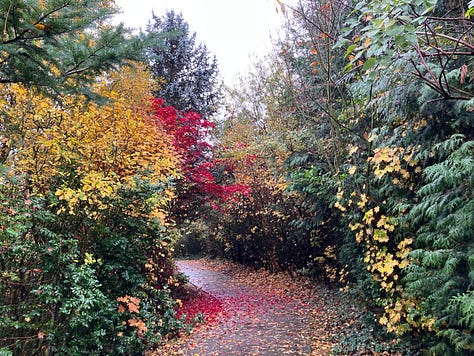

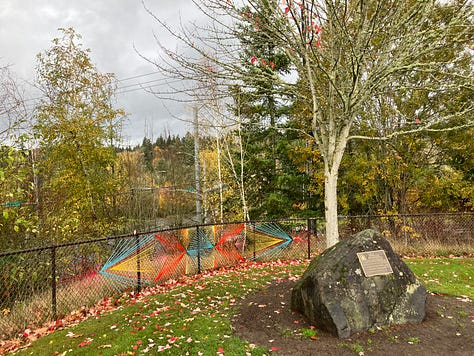
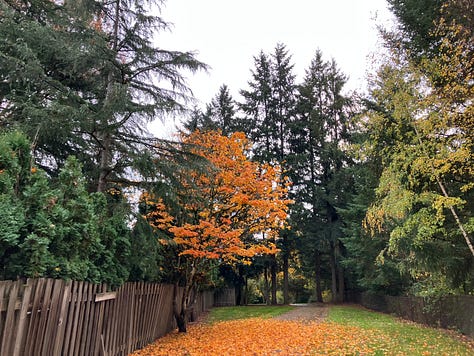
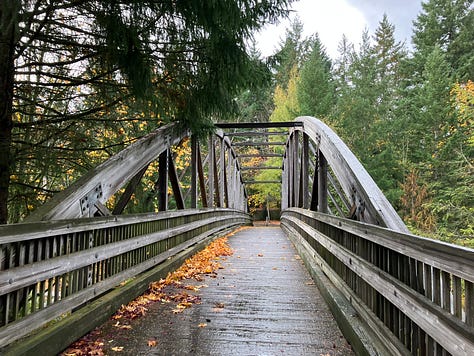
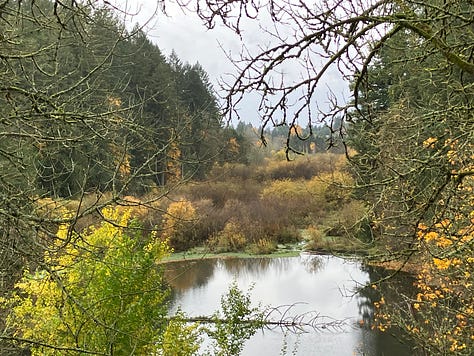
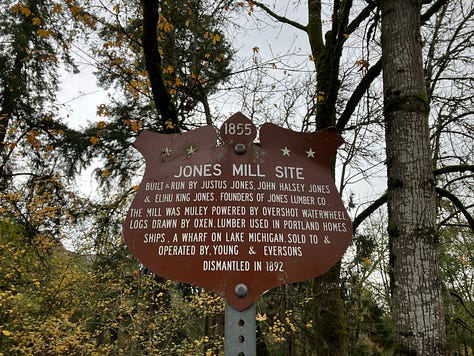

So, as you mull over this leaf-raking conundrum, remember, that there is more to these fallen leaves than meets the eye. They are not just a chore, but an important part of the cycle of life and nature’s resilience. 🌿
Stay tuned for more stories about travel, food, nature, and important causes for good in the next newsletter. Until then, keep exploring and remember - life is a journey! 🌎
https://turf.umn.edu/news/good-question-do-you-really-need-rake-all-those-leaves
https://cleanwaterservices.org/community-home/resources/dispose/leaf





